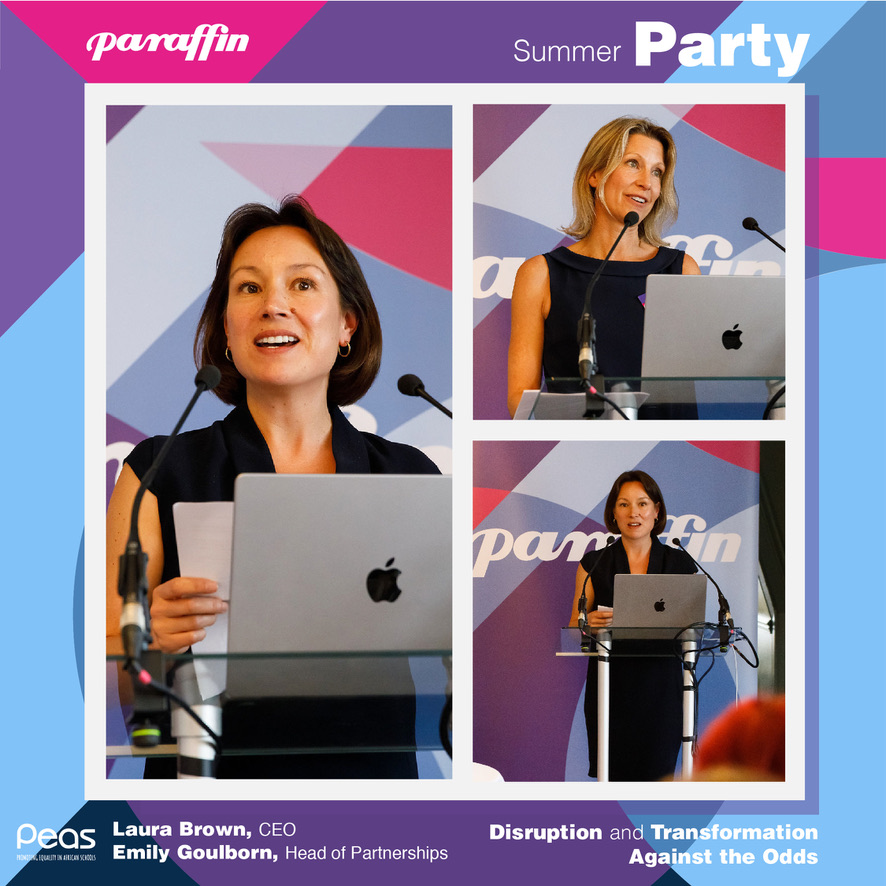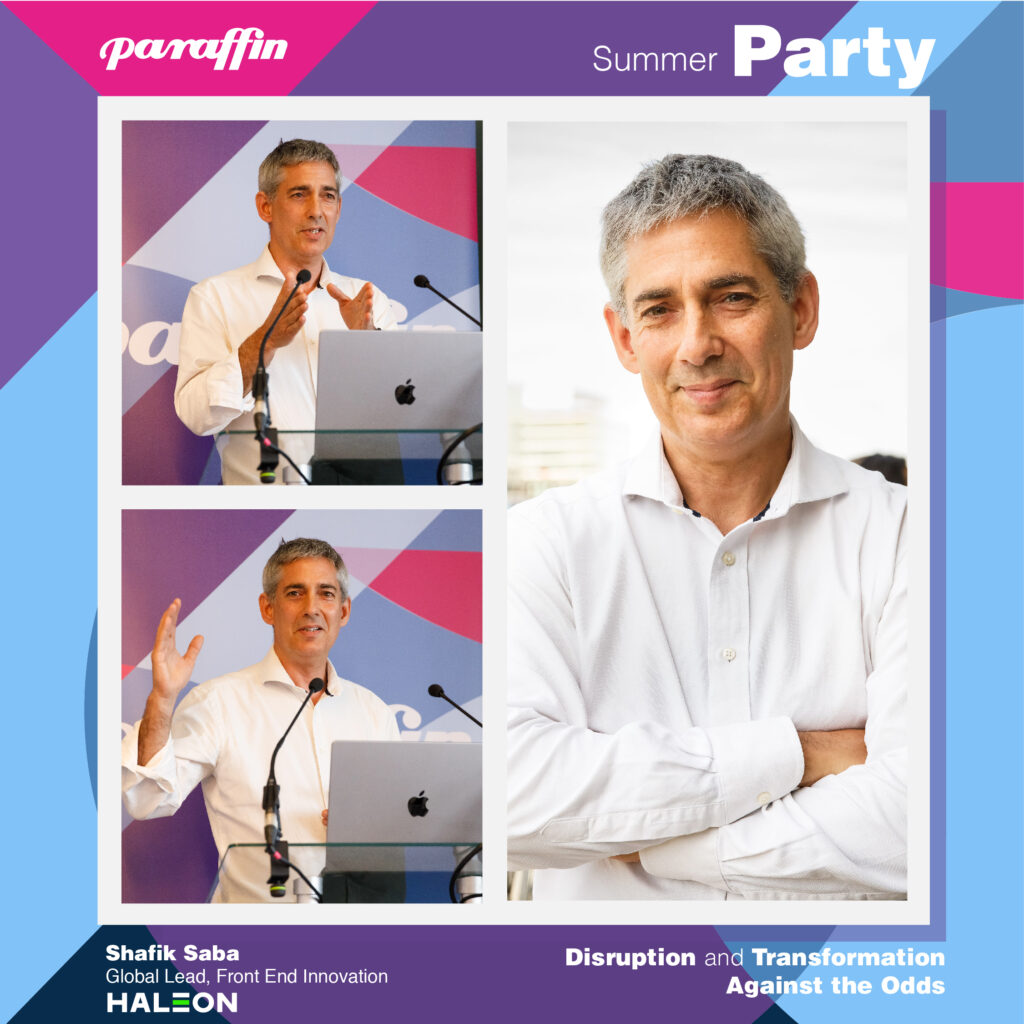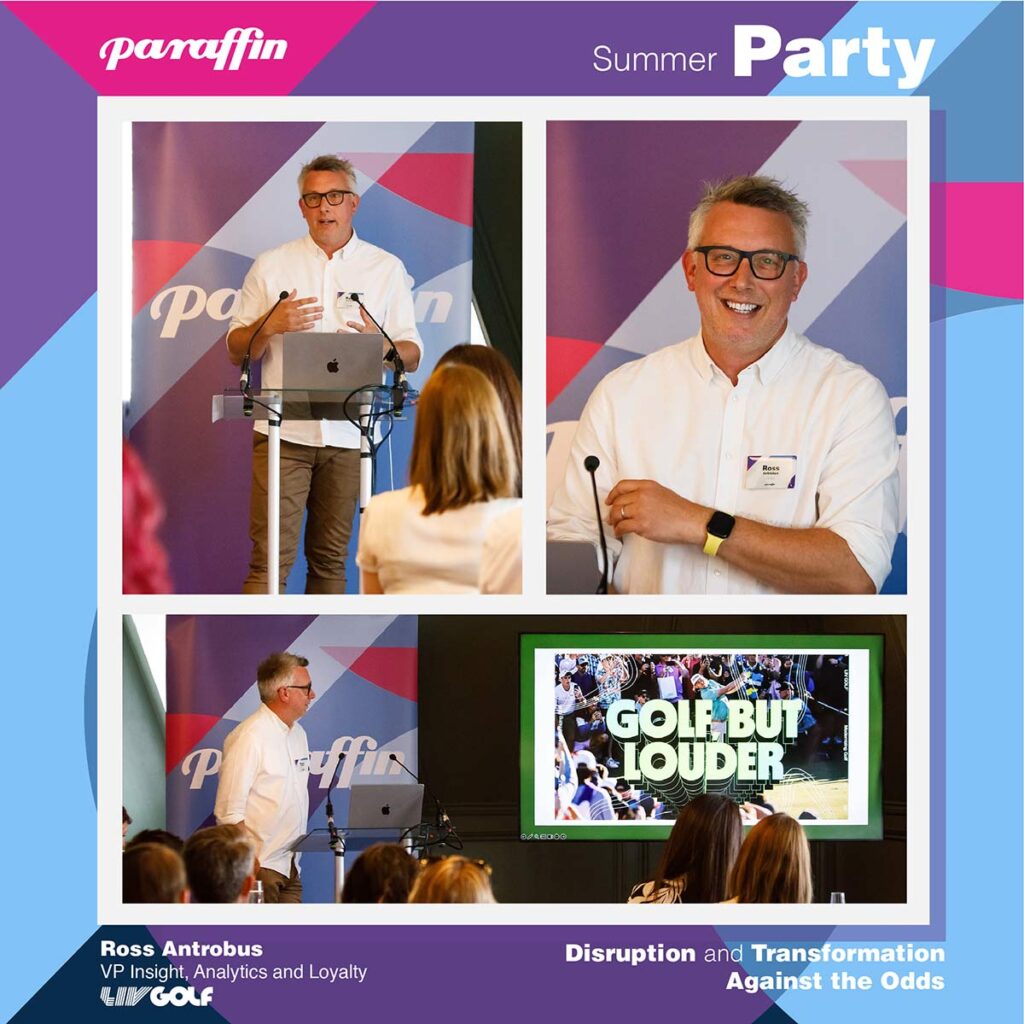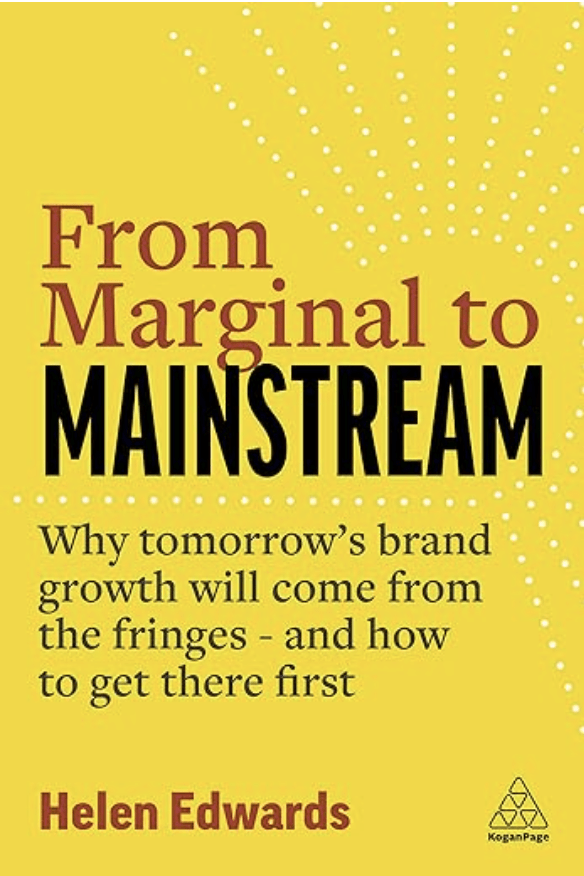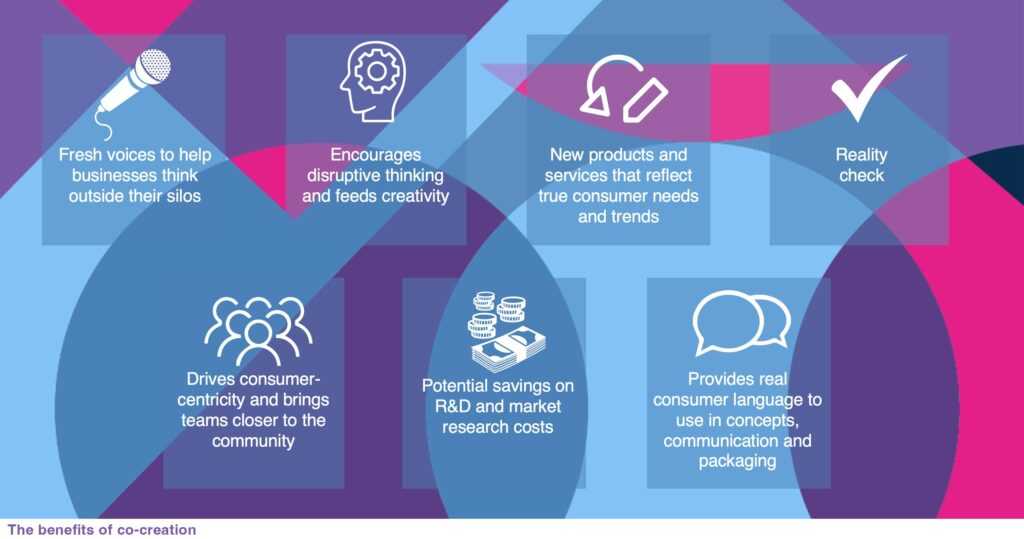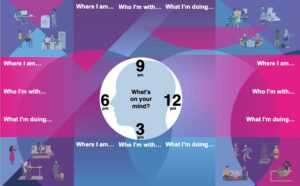5 principles from the past that still inspire us today, borrowed from James ‘Paraffin’ Young: 19th Century chemist, philanthropic entrepreneur, and the original Paraffin innovator.
‘In his decease Scotland has lost one of the most remarkable men she has ever produced, and it may with truth be added that the world has lost a benefactor’
Glasgow Weekly Citizen 1883
There are timeless lessons to be learned from the trailblazers who came before us. The 4 x grandfather of our founder Pamela, James ‘Paraffin’ Young, is one of them. This month, in honour of his death over 140 years ago, we reflect on this inspirational figure and spotlight his approach to innovation.

So who was James Young? You’d be forgiven for not instantly recognising his name, though chances are, you’ve set foot on a plane and his discovery, paraffin, will have played a key part in fuelling you to your destination. Born in 1811 into a working-class family in Scotland, Young is notable for several pioneering achievements in the chemical industry, but most importantly his invention of the method for distilling paraffin oil and creation of the first commercial oil refinery.
Paraffin was a game-changer, literally bringing affordable light for the first time to people’s homes. People of all backgrounds were able to become more productive, making paraffin one of the greatest discoveries of its time. The impact is shown in this poetic piece of early advertising for his invention (from Paraffin Young and Friends, Mary Leitch)
Thy work is nobly done,
The millions are uplit,
No longer after set of sun,
In darkness need they sit.
Let’s dig deeper into Young’s approach to learn what drove both his social and commercial success, and how this spirit lives on in our work at Paraffin.
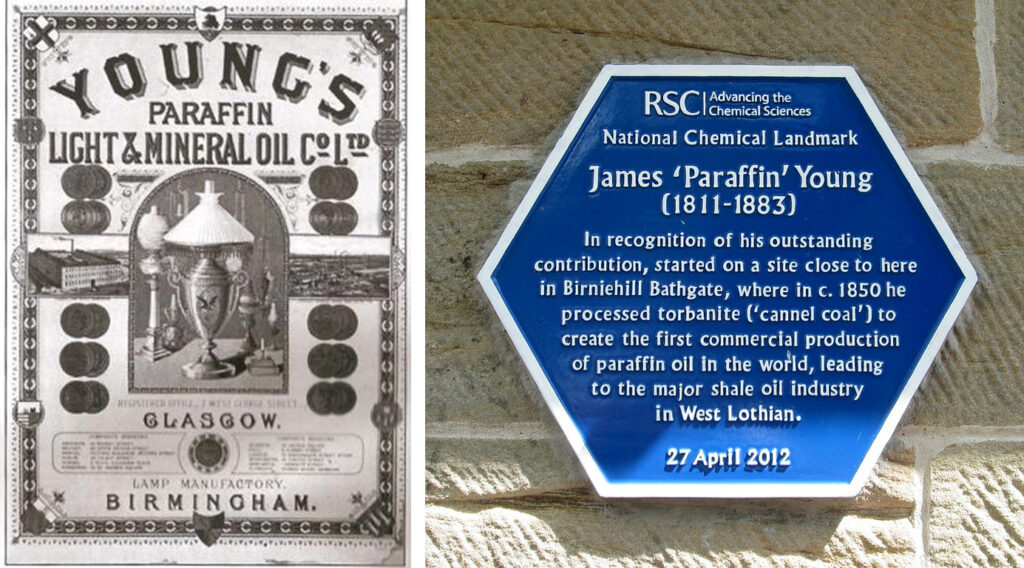
1. EMPATHY
‘Warm-hearted and generous’
James ‘Paraffin’ Young – The ‘oilman’ from Scotland, University of Strathclyde
Young was deeply motivated to contribute to society. He was a strong advocate for education and gave nine bursaries to ensure others could follow a similar path to him.
This interest in people also made him a great businessman. As a person with a modest background, he had a deep understanding of his target market (workers) and the problem he wanted to solve (affordable lighting).
In our own line of work, we also see that when a meaningful connection is built with our customers, consumers or end users, and we uncover their needs, our work becomes equally meaningful. By diligently referring to these needs throughout the innovation process, we can produce relevant, appealing and ultimately winning solutions.
2. CURIOSITY
‘Everything caught James’ attention’
Paraffin Young and Friends, Mary Leitch
Young had an insatiable curiosity and a relentless thirst for knowledge, from his early days as an apprentice to his later career as a renowned chemist and businessman. He never thought he knew it all, and never stopped learning. J. Butt’s 1963 thesis speaks of James Young’s ‘inventive flair’ alongside a ‘pragmatic and practical approach’.
Staying curious and open-minded is key to our success at Paraffin. We enable our clients to push beyond the obvious, stretch thinking outside known categories or boundaries, and even breaking the rules. Such an approach uncovers hidden opportunities, can spark innovative ideas, and ensures we stay ahead of the curve.
3. EXPERIMENTATION
“No one had yet managed to produce a cheap and safe method of lighting homes and in the mines and other industries”
Youngs major discovery occurred in 1848, while working in the mining industry. He noticed that oil was leaking from the ceiling of a coal mine. He deduced from this that there must be a way of intentionally extracting oil from coal if you heated it. Describing this observation as a ‘germ of a thing of importance’ he set about recreated the conditions in the laboratory that occurred in nature and experimented tirelessly until at last a breakthrough was made and he made and he extracted oil form carboniferous rock.
We share Youngs conviction that even seeds of ideas could be worked up to something greater. Now we use creative techniques to generate multiple ideas in our Innovation sprints, any of these could become the ‘germ’ that builds into a breakthrough. As soon as an idea is formed, we rapidly bring it to life for consumers to experiment, test and learn.
4. COURAGE
¨It was James Young who had a vision of a new industry for the benefit of the masses so that they could have cheap safe light in their own homes. He was going to need ability and courage to realise such an event”
(Paraffin Young and Friends, Mary Leitch)
From his poor beginnings to facing adversity and betrayal by future bosses, Young relished a challenge. After shunning his proposal to investigate what by-products coal could produce, his bosses then tried (unsuccessfully) to take royalties when he suceeded!
As innovators, we know the importance of courage in delivering breakthrough results for our clients. Business as usual will not deliver the step-change impact so often required, so we support our clients to embrace risk and discomfort in order to break new ground.
5. COLLABORATION:
‘He was a believer in social groupings for limited purposes’
Young had many collaborators and partners in his endeavours and believed in building on the discoveries of others as well as sharing ideas. Though a scientist at heart, he learned through collaboration with industry the importance of advertising , competitive intelligence and cost accountancy.
The power of collaboration is central to and collective intelligence is central to what we do at Paraffin.
i We need to harness the power of collective intelligence for the best outcome. But it’s not just about putting a bunch of people in a room together to bash out some ideas, make decisions or take action. Teams must be cognitively diverse (a mix of different knowledge and perspectives), and people should be all be given a voice, flattening hierarchies within the group. A good team leader gets the most out of a diverse group, supporting their abilities to solve problems and generate new ideas together.
Young held over 40 patents, demonstrating his relentless drive for innovation. Although he lived over a century ago, he remains a guiding light for the team at Paraffin.

